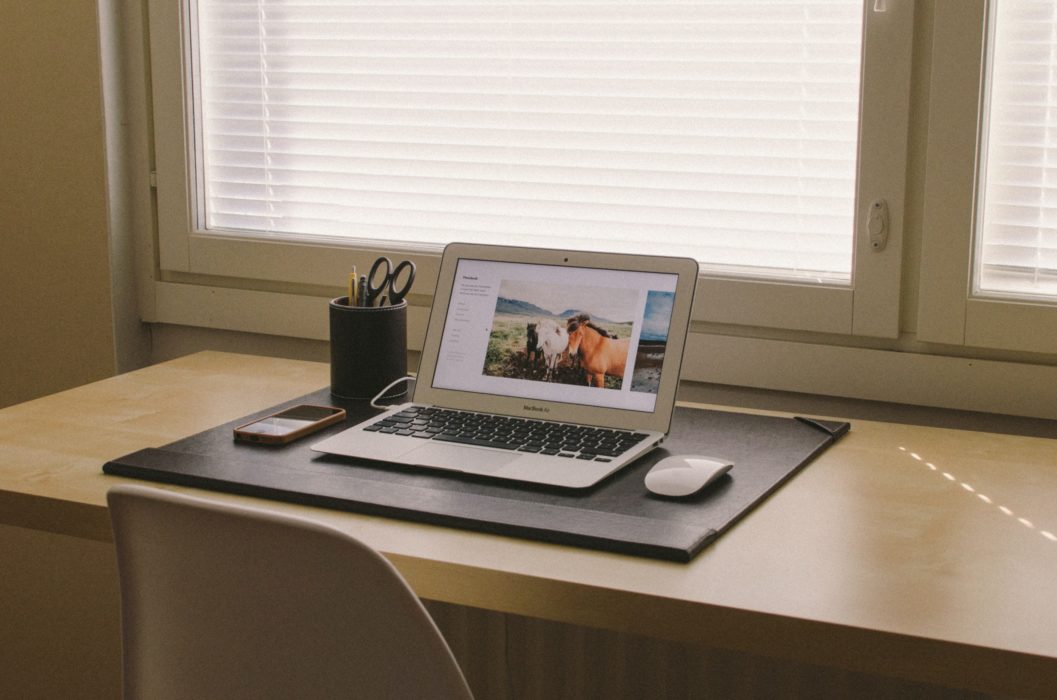
By Mary E. Corrado, courtesy of SBAM Approved Partner ASE
Google recently surveyed more than 5,000 employees and held focus groups to understand the impact of distributed work after recently announcing that they would extend remote work through at least July 2021.
They measured well-being, performance, connectedness, and productivity of their remote employees and from that developed nine best practices for virtual teams.
- Make team meetings a priority: Virtual team meetings are the next best thing to a face to face meeting. You can still read emotions and facial expressions, unlike with the written word. Be sure to schedule regular meetings in order to keep everyone connected. Here at ASE, each department has several team huddles each week and we hold company-wide virtual meetings monthly.
- Show personal interest: Show that you care and create personal interaction by asking how someone’s weekend was. Schedule meetings that aren’t all business such as a virtual team breakfast or lunch. At ASE we do virtual happy hours every 4-6 weeks which allows us all to stay connected and connect on a personal level.
- Be present: Encourage employess to follow these tips to remain present during virtual meetings:
- Make sure your camera is on so others can see you
- Keep your microphone off mute when practical to allow for impromptu conversation
- Give both verbal and non-verbal cues (head nods, saying “mmhmm”, etc.)
- Keep phones face down to avoid distraction and maintain eye contact
*At ASE we require camera usage for all meetings and discourage multi-tasking.
- Check in: Google recommends checking in periodically with co-workers with a quick “How is your day going” message or posting a funny picture. ASE utilizes Microsoft Teams and we created a team called Water Cooler. We use this team to post universal company-wide documents but also to create camaraderie by posting pictures, etc. For example, this month we created a wellness theme where we are all posting pictures of healthy foods, scenery while on a walk, etc.
- Recognize your teammates: Be sure to give kudos during meetings or even send a quick message. Let employees know when they’ve done a good job or give a quick thank you. We take time during every company-wide meeting to share comments we’ve received from members or other employees commending or thanking us for the work we do.
- Invite colleagues’ participation: Speaking up during a virtual meeting can be difficult at times. Those with a more introverted nature may not feel comfortable. Be aware of cues that they have something to say and invite them to speak. I’ll often ask a specific person in a meeting for input if they seem quiet.
- Set team norms: The researchers at Google developed the following recommendations for team norms. They should include:
- Expectations for how long it should take to respond to emails, taking off-hours and time zones into account if needed
- Clarifying task expectations and ownership within a team, including when they can move forward if a team member is unreachable and when it’s better to get a response
- The best way to share information
- How often to stay in touch
- A broad vision to help teammates align to a broader goal
*ASE has set expectations for most of these (for example, we respond to all emails/calls within the business day). In addition, at the end of every meeting we discuss where follow-up information will be saved, who is the main contact for any follow-up, and next steps.
- Use the right medium: Take time to consider whether an email is sufficient, a phone call, or a video call. Try not to overuse video. Also, when email chains go on and on, it might be time to pick up the phone for a quick 5-minute conversation. I prefer to have a quick phone call or meeting rather than going back and forth via email.
- Make well-being a priority: Remote workers can burn out easily.Google has set the following guidelines to maintain well-being and avoid burn out when working from home:
- Set up a comfortable office space to physically separate your work and home life
- Set limits on your workday so as not to work too many hours
- Get up every hour for a short break
Share On:
© 2024 Small Business Association of Michigan, All rights reserved